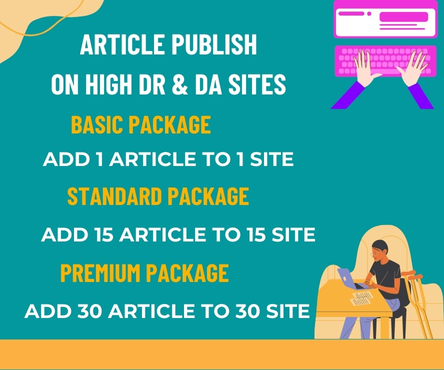In the past decade, Minecraft has evolved from a simple sandbox game into one of the most powerful educational tools available today. While many initially saw it as just a pastime for children, educators around the world quickly recognized its immense potential to engage students and enhance learning in innovative ways. Today, Minecraft is transforming classrooms and inspiring the next generation of coders, engineers, and creative thinkers. apkminecraft.com.mx
At its core, Minecraft is a game about placing blocks and going on adventures. But beneath its pixelated surface lies a flexible platform that fosters critical skills such as problem-solving, collaboration, and digital literacy. Schools have started to embrace Minecraft: Education Edition, a version specifically tailored for teaching, which offers features designed to align with educational goals.
One of the most significant impacts of Minecraft in education is its role in teaching coding. With the introduction of the Code Builder tool, students can learn the basics of programming by automating tasks within the game world. Whether using block-based coding languages like Microsoft MakeCode or more advanced text-based languages like Python, learners can immediately see the results of their code come to life. This hands-on approach makes coding accessible and fun, especially for younger students who might find traditional programming lessons intimidating.
Beyond coding, Minecraft supports lessons in a variety of subjects. History teachers recreate ancient civilizations, allowing students to “walk through” historical landmarks and better understand the past. Science educators use it to demonstrate concepts like ecosystems, electricity, and geology in an interactive way. Mathematics lessons become more engaging when students build structures that require calculations of area, volume, and symmetry.
Moreover, Minecraft encourages soft skills that are essential in today’s world. Group projects within the game teach students how to collaborate, communicate, and delegate tasks effectively. The open-ended nature of Minecraft nurtures creativity and innovation, giving students the freedom to experiment and learn from their mistakes in a risk-free environment.
Teachers have reported that Minecraft helps reach students who struggle with traditional learning methods. For children with learning difficulties or those who are simply more visually and kinesthetically inclined, the game offers an alternative pathway to grasp complex concepts. It levels the playing field, allowing every student to participate and succeed according to their strengths.
The growing impact of Minecraft in education is also supported by the global community of educators and developers who continuously create and share new lesson plans and resources. Workshops, online courses, and dedicated events like Minecraft Education Global Build Challenges further encourage schools to integrate the platform into their curricula.
In conclusion, Minecraft has proven to be much more than a game. Its educational benefits span coding, collaboration, creativity, and critical thinking. As schools continue to embrace technology, Minecraft stands out as a powerful ally in preparing students for the digital future. From classrooms to coding labs, its influence is reshaping the way education is delivered and experienced around the world.

